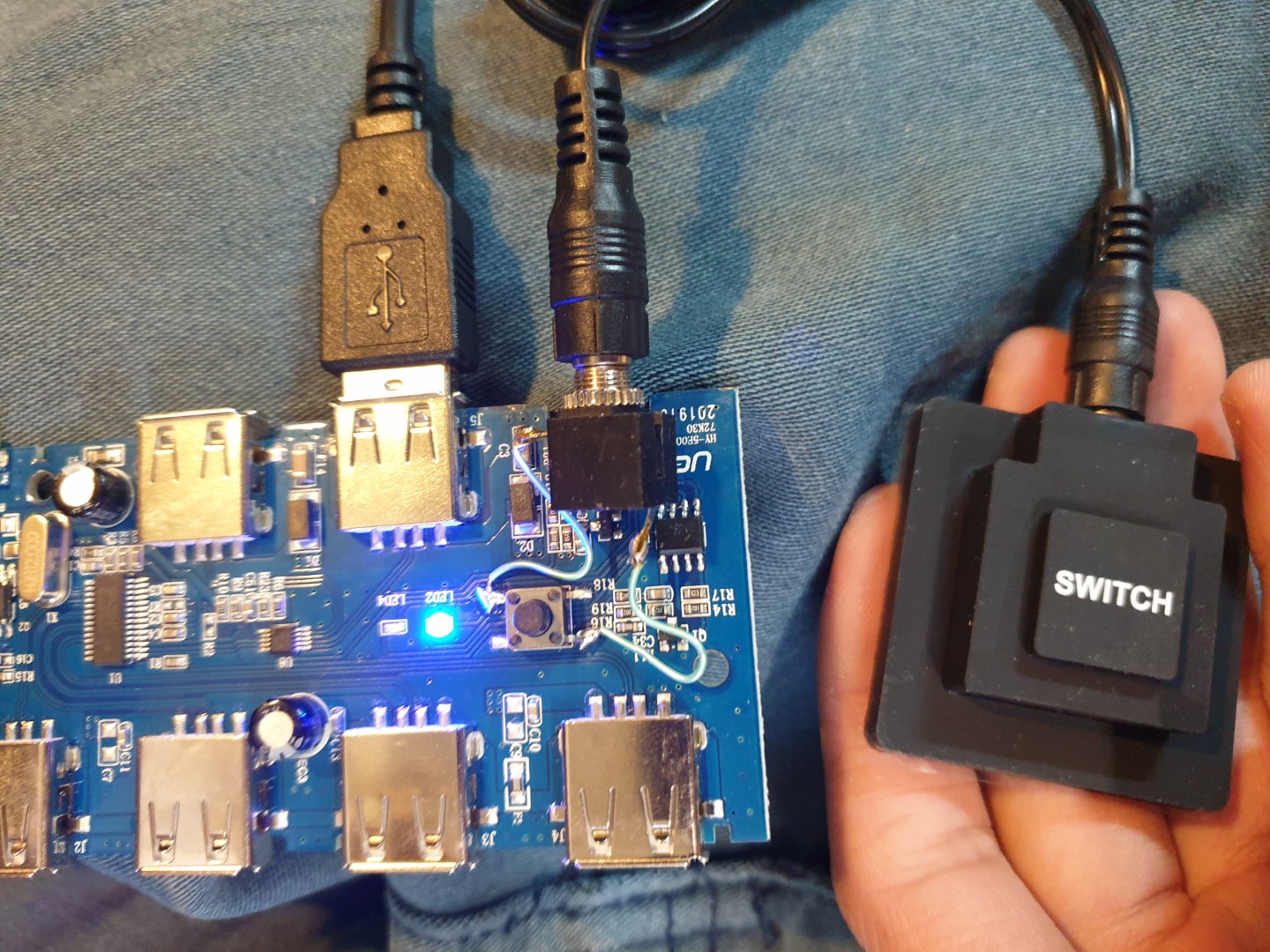Now most of these “UNSW-XXXXYYYY” pages are just redirects, but not this one!
Click here to go to the MATH3411 blog site
I took this course in Trimester 3, 2019 with the amazing Thomas Britz.
This time around, we were the guinea pigs for this course’s Digital Uplift.
The Digital Uplift initiative will enhance [courses] across the university for blended and fully online delivery over 5 years to improve the student experience and learning outcomes.
This involves considerable improvements in learning design, digital capability, from enhanced integration of media and technology to a redesign of courses for a more flexible and personalised learning experience with support for active and student-led learning spaces.
What does that mean as student?
It means that as students we will/should get better access as well as higher quality digital resources to aid our studies
, ,
\ | \ / / / /
/ o ') \
c / / \
\_ ( /
mm --- moooo-
Background / Context
I entered UNSW in 2018, undertaking an Electrical Engineering (Honours) and Computer Science (Security) double degree.
Being an elective for my Computer Science stream, I decided to pick up MATH3411.
That said, out of sheer enjoyment for computing I’m still doing more than the needed number of electives!
So this trimester I was studying under full load: MATH3411, MATH2069, and COMP2511.
Course Content
The course effectively began with an introduction to ISBN numbers - those things you see in libraries (If anyone goes to those anymore), and how they have a checkbit to ensure the integrity of the code.
Next were code protocols that could detect and correct errors - Binary Hamming codes.
I found this topic really cool, as it (as childish as it sounds) felt like being a detective cracking a code. (Well, more of that feeling goes to cryptography and COMP6441, but you get the gist)
My next highlight was compression coding and Markov sources, where encoding was dependent on the previously encoded data.
We also went over LZ78, which was a lossless text compression algorithm. Fun but probably not practical.
Next was polynomial fields - needless to say, it was quite confusing. Especially when missing out 3 weeks of Friday content due to volunteering at Sculpture by the Sea.
But after understanding the theory and knowing how to approach the questions, it became fun.
Although very prone to mistakes being made which would detrimentally ruin everything else…
More Sherlock Holmes vibes though!
Chapter six went over algebraic coding and BCH codes.
This was probably the hardest chapter for me. And it really took some time to sit down and read over a few times to start understanding.
I didn’t like this chapter too much.
The final chapter was Cryptography!
I understand that alot of this chapter was “More for your interest” - so not too much of this chapter was assessable.
Because of other commitments I wasn’t able to attend these lectures, but thankfully I had a prior knowledge to crypto inside and outside of UNSW.
From all of the topics, I struggled a bit with Two-error BCH codes and Binary Channels.
Entropy and probability aren’t my forte :P
Trimesters
I believe trimesters did not have too much of a considerable impact on my experience of this course.
However several topics were skipped over due to there being a lack of time to cover everything in assessable depth.
Digital Uplift
Being the test subjects of the course’s Digital Uplift - we were the first to experience the online lab tests.
From doing each of the three lab tests multiple times, I understand that there is a bank of questions where each generated test will pick from.
After a while, you would see the exact same question appear again meaning you could technically memorise the answers.
Whilst this is good (as a student), I think it would be even better if each question also had its values randomised - much like how the PHYS1131 and PHYS1231 lab test questions were.
My rationale behind this is that given values might (or might not) fall into a specific edge case.
Since these tests are practised individually without any authoritative guidance, one might correlate values and come to the conclusion that there is a link between those values - when in fact there might not be.
For example, if I said that a function behaves like the following:
You might infer that
If you were asked , you’d probably then think “Okay to solve this question, I add 20 and 5 to get 25”.
You submit the answer, and then … WRONG - Correct answer: 395.
That’s because !!!
Now, if the question only ever asked for , you would never realise that you were doing it wrong.
You’d write 10 as the answer, and see it marked as correct. But as soon as appears in your written final exam - You’d be oblivious that your methodology, and ultimate your answer is wrong.
Farewell
It was cool to see how matrices could be used, and how topics from other courses tied in (Such as using eigenvalues and eigenvectors in Markov sources).
Being a security student, I also especially enjoyed the cryptographic topics - though glossed over due to time.
Overall I found MATH3411 a very enjoyable course!
Thomas was an amazing lecturer, as also thought by a few of my friends too!
During the final lecture, we (… Well I did, they were too scared to go up) gave Thomas a little gift! (No - not the apartment, and no - not the wooden stick).

May your proof-by-hand-waving forever hold true ~
